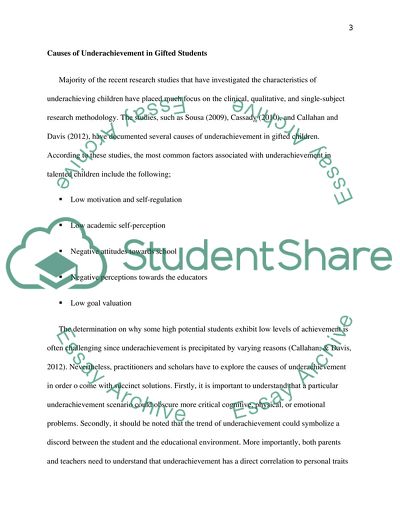Cite this document
(“Underachievement in gifted and talented children Essay - 1”, n.d.)
Retrieved from https://studentshare.org/education/1672721-underachievement-in-gifted-and-talented-children
Retrieved from https://studentshare.org/education/1672721-underachievement-in-gifted-and-talented-children
(Underachievement in Gifted and Talented Children Essay - 1)
https://studentshare.org/education/1672721-underachievement-in-gifted-and-talented-children.
https://studentshare.org/education/1672721-underachievement-in-gifted-and-talented-children.
“Underachievement in Gifted and Talented Children Essay - 1”, n.d. https://studentshare.org/education/1672721-underachievement-in-gifted-and-talented-children.


